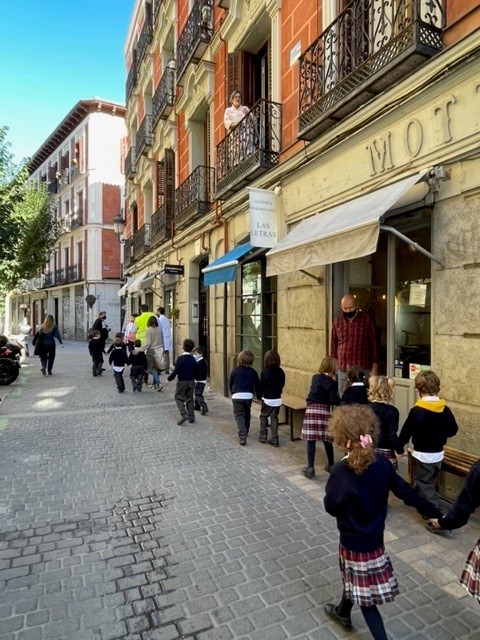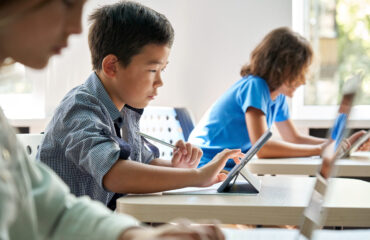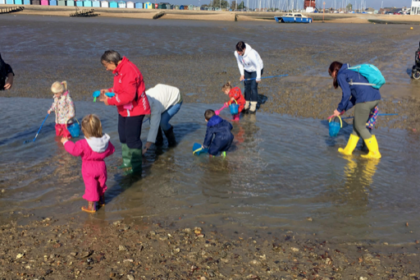
As our TIESEA project moves further into its exciting interventions phase it is timely to consider what happens next in learning?
We are at the start of the most exciting decade for learning ever, for a number of reasons. This new decade offers dramatic learning opportunities to communities and nations regardless of their staring points; a genuine levelling of opportunity. This short blog post begins the explanation of what those opportunities are, some of the reasons for them, and why it matters most for our TIESEA nations.
Firstly, the global impact of the pandemic on learning was profound. Around the locked-down world, children learned in new ways and in new places. The least successful of these were the attempts to carry on as before but with an analog of the classroom via Zoom or Teams. Same timetable, different locations.
“Good morning class. It’s 11:30 and time for our chemistry lesson. Cameras on, microphones off please”.
These analogs failed for many reasons, but principally there was an equity issue – many families simply could not all be live online at the same time; secondly these Zoomed lessons were hardly engaging and few children were stretched cognitively by sitting in front of screen watching their teacher.
However, the more successful lock-down lessons were asynchronous, had touch-points of plenary activity, and expected collaborative endeavour away from screens too. Better still, children found themselves in mixed age communities of learners, often including a parent or grandparent too; they exercised voice and vote over the direction of their learning. A research survey we posted (heppell.net/golden) revealed that in all of our research population of many thousands, not one child recorded pride in the BREADTH of curriculum covered, whilst almost all recorded with pride the DEPTH they had achieved in their chosen topic or topics. Deep learning and “learning elsewhere” triumphed.
Secondly, Learning has become über-fashionable in all our lives. Peak time TV shows around the world reveal celebrities learning to cook, or to sew, or dance… Some of the biggest audiences for YouTube videos are following the huge number of “How to” guides. TikTok has curated many truly exceptional learning moments each with their own dedicated audience (for example see tiktok.com/@tinyphysicslab). Learning has never been more cool.
And “learning elsewhere” quickly validated “learning outside”. This side of the pandemic, the move to explore outdoor learning is substantial and widespread. Children don’t want to be back in their boxes. In Madrid the tiny St Isabel International SEK School, with no outside play space, has created learning journeys throughout central Madrid (https://santaisabel.sek.es/en/the-school/learning-spaces/). Teachers have built these wonderful journeys around a curriculum focus and the destination of each walk is something of note within that urban community: pasta making, a jazz workshop, an embassy, a botanical garden – a great variety but importantly embedding the skills, resources and culture of the community in the formal learning of the school. On England’s East Coast Beachschool.org have the youngest children immersed in the data, flora and fauna of their beach’s marine science. The children are directly in tune with the seasons, the cycles and the exceptions on their coast. More importantly, their knowledge and interest have built a bridge into the old traditional community of oyster fishing and water conservation. Local experts suddenly have an engaged generation to pass their deep knowledge on to, and to learn from. It turns out that when you learn elsewhere, their is much of value, freely contributed, in our communities and families. There is no physical building at all. The beach is the centre of their learning, whatever the weather. That model is now being replicated on the banks of the Amazon in Colombia for the indigenous children of the rainforest.
In short, post pandemic, some learning has escaped. It’s escaped from the classrooms and timetables, it has escaped from the age phase structures and the “individual learner” focus of schools and it has escaped from much of the need for capital expenditure. With hybrid online learning, much stronger community collaborations and a greater outdoor focus it is clear that we can often do better learning for less capital expenditure and can see the results very quickly indeed. The implications for our TIESEA community are clear. And by pooling the important details to build economies of scale – for example in the curation of resources – we can gallop past richer economies struggling to maintain their expensive legacy systems.
It’s going to be a very exciting decade ahead.
TIESEA project member Professor Stephen Heppell.
Brightlingsea’s Beachschool children with their buckets and hand held digital microscopes
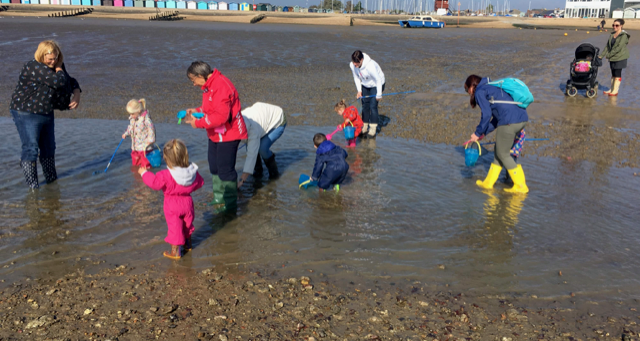
Brightlingsea’s Beachschool is all about the science – here exploring capillary tracking
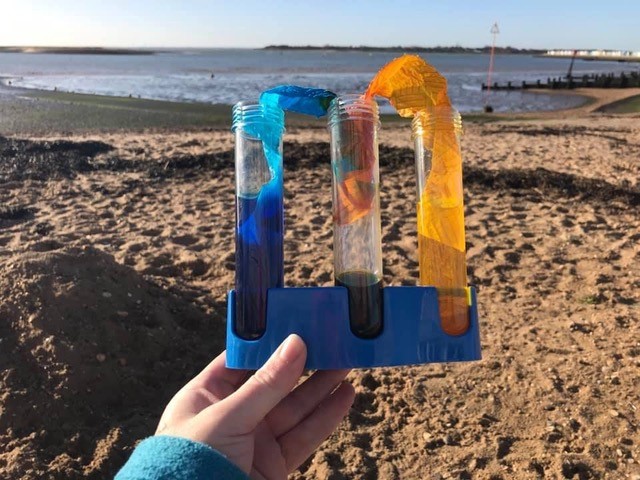
Mapping some of the learning journeys around the centre of Madrid – now very much a part of the St Isabel wide campus.
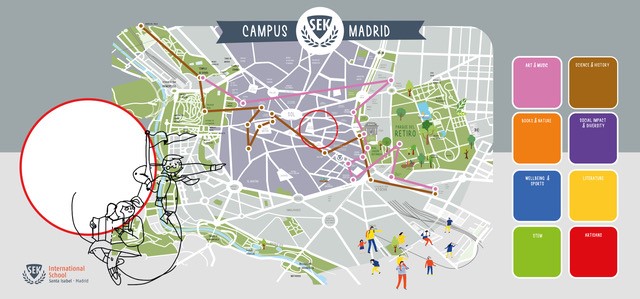
St Isabel children embarking on one of their regular learning journeys. Note the community figures watching over their safety!
